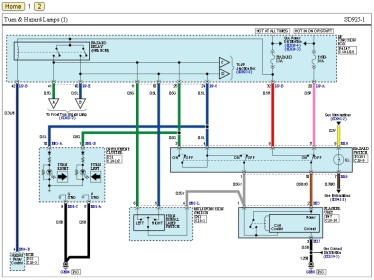Hi all,
So i bought front and back LED turn signals (part# 7443-A45-T) from Superbrightled.com. After installing them, they blink really fast. After doing a bit of searching on google, there's an explanation on superbrightled.com that says, and i quote, "This happens because your new LED bulbs draw such little power and your turn signal relay sees the bulbs as being out"
They suggest the easiest way is to get an LED flasher module (see the image below) from superbrightled. It's available on their site for 12$ and it's for new toyota models, part# CF18-08.
So I went home and tried to look for the stock flasher module under the driver dash. After looking for like an hour, I give up. I have no clue where it is. Does anyone know where the stock flasher is in the car so i can replace it? Anyone has wiring schematic for the Toyota Corolla 2014? The manuals that come with the car doesn't mention anything about the flasher module.
Thanks!
LED flasher module from superbrightled

...
So i bought front and back LED turn signals (part# 7443-A45-T) from Superbrightled.com. After installing them, they blink really fast. After doing a bit of searching on google, there's an explanation on superbrightled.com that says, and i quote, "This happens because your new LED bulbs draw such little power and your turn signal relay sees the bulbs as being out"
They suggest the easiest way is to get an LED flasher module (see the image below) from superbrightled. It's available on their site for 12$ and it's for new toyota models, part# CF18-08.
So I went home and tried to look for the stock flasher module under the driver dash. After looking for like an hour, I give up. I have no clue where it is. Does anyone know where the stock flasher is in the car so i can replace it? Anyone has wiring schematic for the Toyota Corolla 2014? The manuals that come with the car doesn't mention anything about the flasher module.
Thanks!
LED flasher module from superbrightled

...
Last edited:



